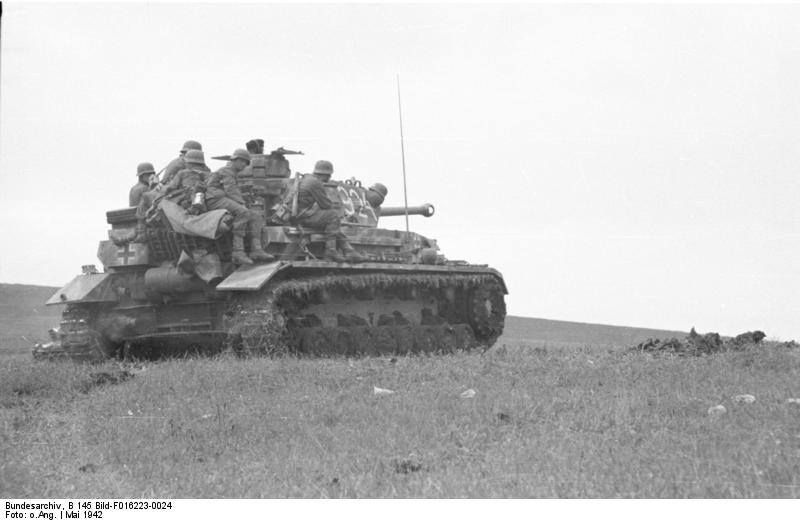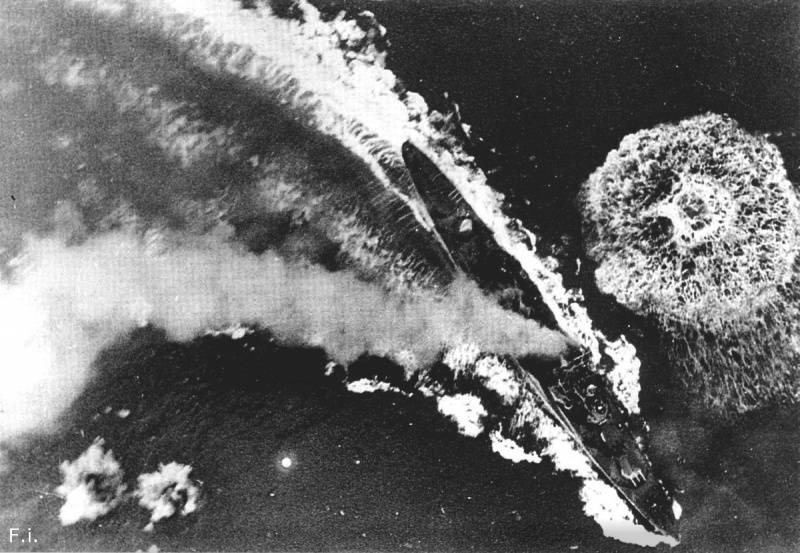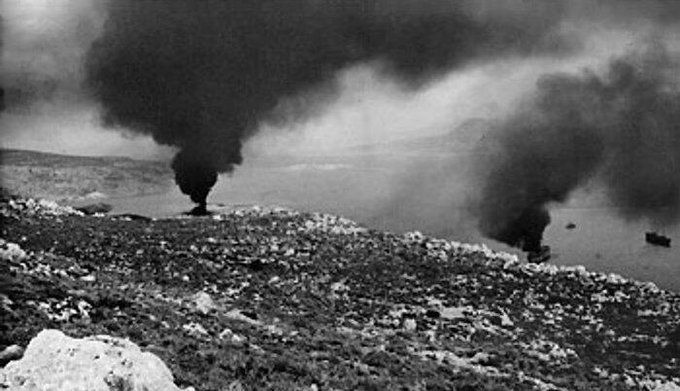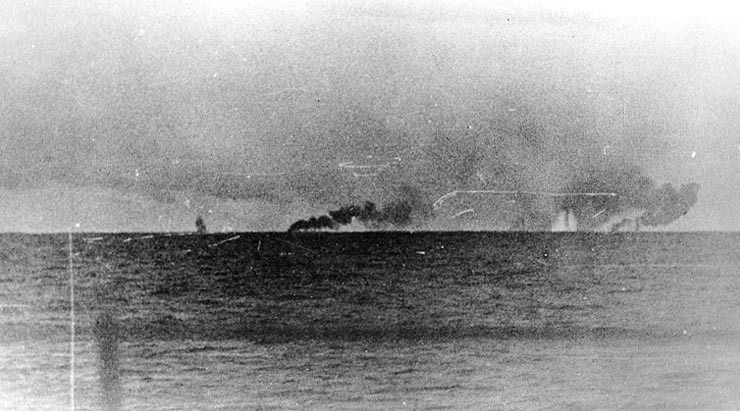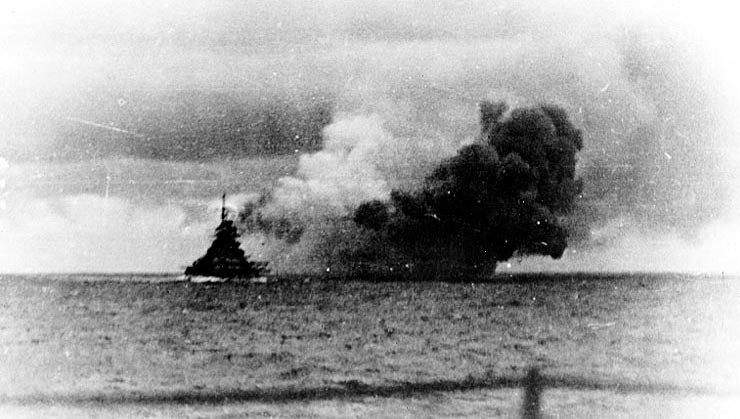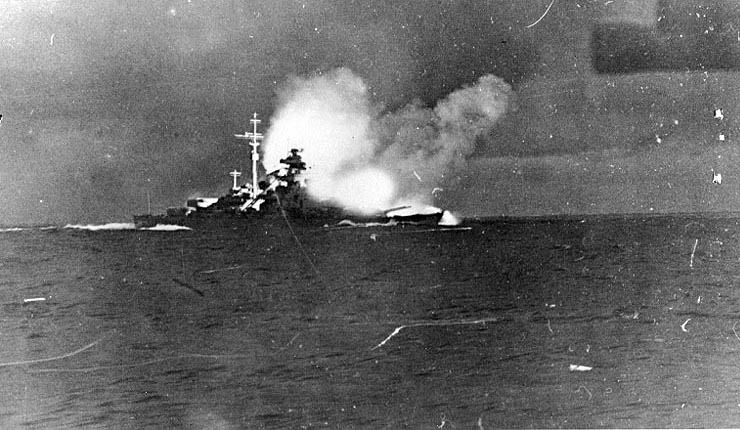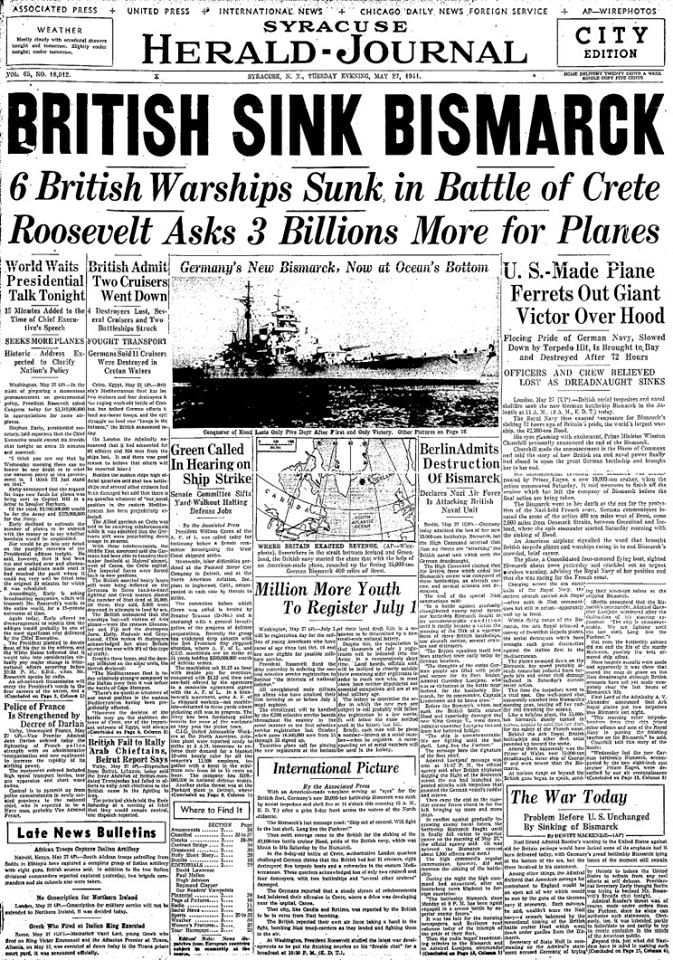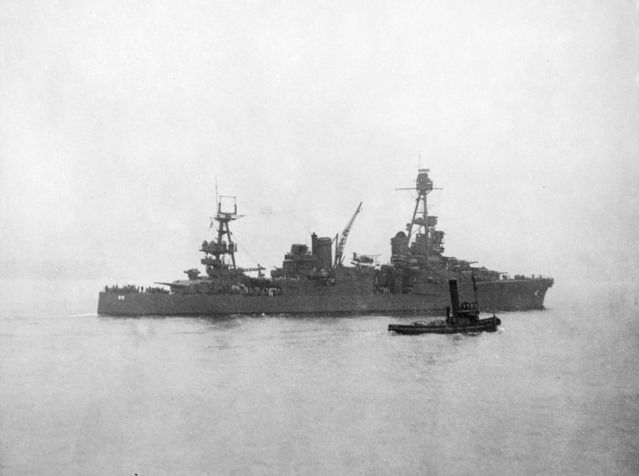The Second Battle of Kharkov was an Axis counter-offensive in the region around Kharkov (now Kharkiv)[8] against the Red Army Izium bridgehead offensive conducted 12–28 May 1942, on the Eastern Front during World War II. Its objective was to eliminate the Izium bridgehead over Seversky Donets or the “Barvenkovo bulge” (Russian: Барвенковский выступ) which was one of the Soviet offensive’s staging areas. After a winter counter-offensive that drove German troops away from Moscow and also depleted the Red Army’s reserves, the Kharkov offensive was a new Soviet attempt to expand upon their strategic initiative, although it failed to secure a significant element of surprise.
On 12 May 1942, Soviet forces under the command of Marshal Semyon Timoshenko launched an offensive against the German 6th Army from a salient established during the winter counter-offensive. After initial promising signs, the offensive was stopped by German counterattacks. Critical errors by several staff officers and by Joseph Stalin, who failed to accurately estimate the 6th Army’s potential and overestimated their own newly trained forces, led to a German pincer attack which cut off advancing Soviet troops from the rest of the front. The operation caused almost 300,000 Soviet casualties compared to just 20,000 for the Germans and their allies.
https://en.wikipedia.org/wiki/Second_Battle_of_Kharkov
Was Stalin right to order this operation against oncoming German forces on the Eastern front?
